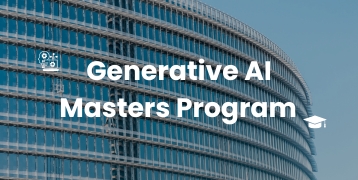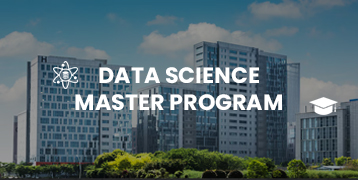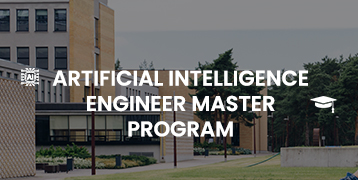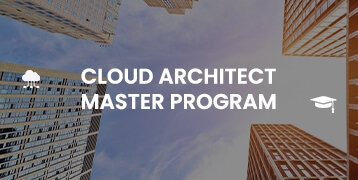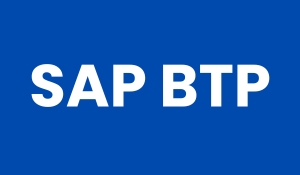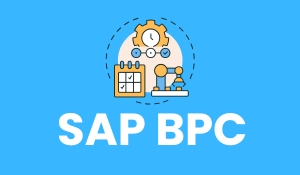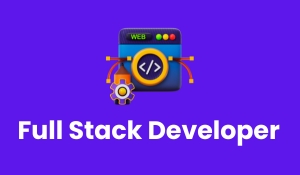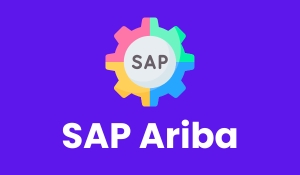
Introduction:
SAP Ariba is used to simplify purchasing and improve supplier collaboration and spend management through an on-demand procurement and supply chain management solution. The features comprise Supplier Lifecycle & Performance (SLP), Guided Buying, Contract Management, and advanced analytics. The operations are smooth by integrating ERP systems such as SAP S/4HANA to be in line with the data flow. It benefits SAP Ariba Training to give live insights, simplify procurement, create a relationship with suppliers to save costs, make spend decisions, and become a market leader in the lightning-fast change world today.
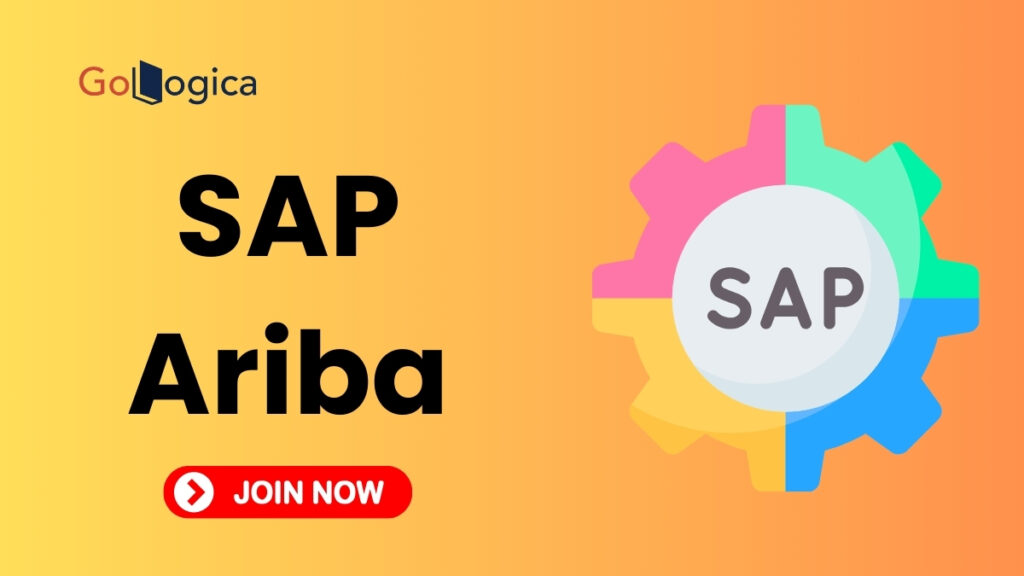
Top Trending SAP Ariba Interview Questions and Answers:
What is SAP Ariba?
SAP Ariba is a cloud application to source, purchase, and manage the supply chain that supports suppliers with contractual collaboration, manages sales and procurement, and completes the life cycle of deals.
What are the key features of SAP Ariba?
- Supplier Management
- Strategic Sourcing
- Procurement
- Contract Management
- Spend Visibility
- Invoice Management
What modules are available in SAP Ariba?
- Ariba Spend Visibility
- Ariba Sourcing
- Ariba Contracts
- Ariba Supplier Lifecycle and Performance
- Ariba Procurement (Buying, Invoicing)
SAP Ariba is a part of SAP S/4HANA?
It is a separate cloud solution, but it integrates very well with the SAP S/4HANA and ECC systems.
What is the difference between Ariba and traditional SAP MM?
Though SAP MM is an internal procurement process and Ariba is an external supplier collaboration.
Is SAP Ariba integrated with the SAP ERP systems?
Through the Ariba Network and middleware like SAP Cloud Integration Gateway (CIG) or SAP PI/PO.
SAP Cloud Integration Gateway (CIG), also known as SAP XI Gateway or SAP IT Gateway, is what it is.
When integrated, SAP Cloud Integration Gateway (CIG) is a tool to enables SAP Ariba and SAP or non-SAP systems easier and faster to exchange data exchange.
What are the common data elements exchanged during Ariba integration?
- Master Data: Vendor, Material, Cost Centers
- Transactional Data: Purchase Orders, Invoices, Confirmations
What file formats are used in Ariba integration?
The primary way that SAP Ariba uses cXML (Commerce XMLis ) is for SAP Ariba integration and communication with the Ariba Network. Furthermore, IDoc and CSV formats are employed for integrating the ERP and uploading data.
What is the role of Ariba Network in integration?
The Ariba Network is a digital bridge between buyers and suppliers for secure, seamless exchange of procurement documents such as POs, invoices and confirmations. It guarantees real-time collaboration and viewability of integrated systems.
What is Ariba Buying and Invoicing?
His cloud service for making purchase requests and processing supplier invoices, and managing purchase and payment processes is Ariba Buying and Invoicing.
Explain the P2P process in Ariba.
Requisition → Approval → PO → Goods Receipt → Invoice → Payment.
How are catalogs used in Ariba Buying?
Ariba Buying catalogs make it easy for users to find and select a product or service from a list of pre-set approved suppliers, with one less step, faster and with more accuracy than using a listserv.
What is Guided Buying?
Ariba’s guided buying is a user-friendly interface that helps the company employees use its buying rules and guides them to purchase the required product, service, and supplier.
Ariba handles invoice compliance.
Orchestrated by Ariba, in rules service is built to check if the invoice matches the purchase order and make sure it satisfies the company policy before it is approved for payment.
What is SAP Ariba Sourcing?
SAP Ariba Sourcing is a tool that facilitates sourcing events such as RFQs and auctions to locate the best suppliers and prices of goods and services.
What types of sourcing events does Ariba support?
- RFI (Request for Information)
- RFP (Request for Proposal)
- RFQ (Request for Quotation)
- Reverse Auctions
What is the sourcing process in Ariba?
Create event → Invite suppliers → Collect bids → Evaluate → Award.
Which parts of the sourcing templates does Ariba use?
Ariba predefines the templates, also referred to as sourcing templates, which standardizes the creation of sourcing events and also make them consistent and efficient in the creation of sourcing activities multiple times.
What is SAP Ariba Contract Management?
In this Contract Management is a solution that helps organizations to create, manage, and follow the lifecycle of their contract, to help them embrace and optimize with their suppliers.
SAP Ariba Supplier Lifecycle and Performance (SLP) is what it is.
SAP Ariba Supplier Lifecycle and Performance (SLP) is a tool that enables businesses to onboard suppliers, assess the performance of the suppliers, and enforce supplier spend throughout the life time of the relationship.
How do suppliers reach Ariba?
Suppliers sign up for the Ariba Network and create profiles for themselves to connect to Ariba and to communicate with buyers.
Supplier segmentation in Ariba is essentially categorizing the suppliers by product groups based on their assigned values.
Supplier segmentation in Ariba is the act of categorizing suppliers of purchases based on spend and performance and risk factors with the aim to prioritize and managing such suppliers and evaluating them for effectiveness in performance and relationship approach.
How is supplier performance monitored in Ariba?
Ariba entails scorecards for assessing supplier performance; the key metrics, such as delivery time, quality, and compliance, are noted and assessed.
How is supplier onboarding handled?
Supplier registration in Ariba is quick and efficient, whereby the suppliers complete necessary forms, provide needed documentation and get approved to be part of the procurement activities.
What is a cXML?
cXML (Commerce XML) is an open, lightweight XML-based protocol for the exchange of business documents between systems in the Ariba Network, such as purchase orders and invoices.
What is approval flow in Ariba?
Ariba has predefined approval flows that define how purchase orders, requisitions, etc., will flow for approval based on business rules and user roles.
What is it? How do we set up the approval workflows?
Ariba approval workflows are configured by setting approval rules, approving groups, and using conditions (such as document type, value, or department) to ensure that the appropriate approvers are routed in.
What is an Ariba Template?
Ariba template is a fixed form of a sourcing event, order, or procurement document that can be reproduced again and again and at any place where a similar document is required.
For custom fields, how is Ariba handling this?
Users can add custom fields through the system’s configuration settings that capture extra information that is useful to the user organization in its procurement processes.
What reporting choices do I have in SAP Ariba?
There are various reporting options like standard reports, customizable dashboards, and advanced analytics to track spending, supplier performance, and procurement activities on SAP Ariba.
Can Ariba reports be exported?
Indeed, the Ariba report can be exported to Excel, PDF, and CSV formats to facilitate additional analysis or sharing.
What KPIs are commonly tracked in Ariba?
- Spend under management
- Supplier compliance
- Contract utilization
- On-time payments
What happens in Ariba when performing the spend analysis?
In Ariba, the spend analysis is through the aggregation and categorization of procurement data to provide insights on patterns of spending, performance of suppliers and areas of cost savings.
What is a Dashboard in Ariba?
Ariba dashboard is a visual display of a set of key procurement metrics and data that is presented in real time on a dashboard to the users to give them insights into their spending, supplier performance and other vital business activities.
How does Ariba control access to users of Ariba?
Ariba allows access to be controlled by roles and permissions, in which the role is assigned to the user and in turn decides the user’s access to various features and documents based on the responsibility associated with the user.
What is an Ariba Realm?
Ariba Realm is a unique instance of the Ariba system, which is used for a particular organization, where procurement and supplier management activities are performed and maintained.
Can Single Sign On (SSO) be configured in Ariba?
And yes, we can configure Single Sign on (SSO) in Ariba and the user will log in to the platform with same corporate credentials.
What Ariba audit capabilities are available?
Ariba also offers audit capabilities and serves to count on user activity, changes in documents and approvals, to guarantee accountability and transparency in the process of procurement.
What are the policies under which SAP Ariba handles data privacy?
SAP Ariba secures the data using the cloud infrastructure and ensures data is compliant with regulations (like GDPR) and has strong access control to protect sensitive procurement and supplier information.
What are the phases of an Ariba implementation?
- Discovery
- Design
- Build
- Test
- Deploy
- Support

What is the role of an Ariba Functional Consultant?
SAP Ariba Functional Consultant’s job is to understand the business requirements to configure the SAP Ariba solution, help in integration with other systems, and help users in procuring processes in a better, tangible manner with the help of the given Ariba’s modules.
What is the difference between Ariba on Demand and Ariba on Premise?
Ariba on Premise is the older, on-site deployment model whereas Ariba on Demand is a cloud based product. On-Demand provides a better level of scalability, maintenance and access than On Premise which requires more in house infrastructure and management.
Which tools are available to do data migration from Concur to Ariba?
The data migration to Ariba is usually conducted using Data Load Templates, SAP Cloud Integration Gateway (CIG), and manual import tools to transfer data from the legacy system to Ariba.
How does a change request get handled in Ariba?
The structured process in Ariba for handling change requests involves users to submit, review and approve the modification of documents, contracts or configurations, ensuring proper documentation and tracking.
What goes wrong in the integration of a failed PO?
If PO was not successful in Ariba, then I would check up integration logs for errors, validate the data mapping connection and resolve the mismatch, and reprocess the PO.
How do you get adoption from the suppliers to Ariba?
Upon making sure the supplier adoption of Ariba, I will provide training, I will provide support through onboarding, and I will offer benefits of the Ariba Network for smooth transactions and future collaboration.
How do you handle cases of rejected invoices?
If you have a problem with invoice rejection in Ariba, you can review the reason for the rejection, check if an invoice matches the PO and contract terms, correct any discrepancies, and resubmit to be approved.
If the template for a contract does not work, what would you do?
I would tackle the issue in some other ways if the contract template does not work: I would review the template’s configuration, examine document generation rule errors, and adjust fields or workflow settings.
What is the description of a successful SAP Ariba project you worked on?
I worked on a successful SAP Ariba project where we implemented Ariba Buying and Ariba Invoicing for a global operation to improve their procurement cycle and get supplier collaboration, which enabled them to reduce their procurement cycle time by 20%, and in the course of implementing Ariba to achieve that, we used Ariba Buying for the procurement process.
Concussion:
In general, SAP Ariba is a robust cloud-based procurement solution to facilitate easy purchasing, supplier collaboration, and spend management. If you want to decide on the SAP Ariba related job at once, it is necessary to learn the features of SLP, Guided Buying, and Contract Management. To avoid disrupting your existing ERP systems, such as SAP S/4HANA, the system needs to be integrated with SAP Cloud Integration Gateway (CIG) tools. Plus, professionals would master many of the SAP Ariba concepts or processes including procurement processes, sourcing, invoicing, reporting, and supplier relationships.
One needs to understand technology configurations as is needed to perform well in SAP Ariba roles but also, one needs to understand the business workflow around it to optimize the procurement operation, to optimize the supplier performance, and to reduce cost. Real-time analytics, user-friendly interfaces, and existing created allow for a differentiator strategy for procurement with organizations, and the data in SAP Ariba could provide. If you are looking for very good resources and training that will assist professionals to get deeper into SAP Ariba and to improve their SAP Ariba skills, then GoLogica is there for you.
Related Articles:
SAP SRM Interview Questions
Top SAP Modules List 2025
SAP HANA Administration Interview Questions
SAP GRC Interview Questions

